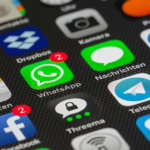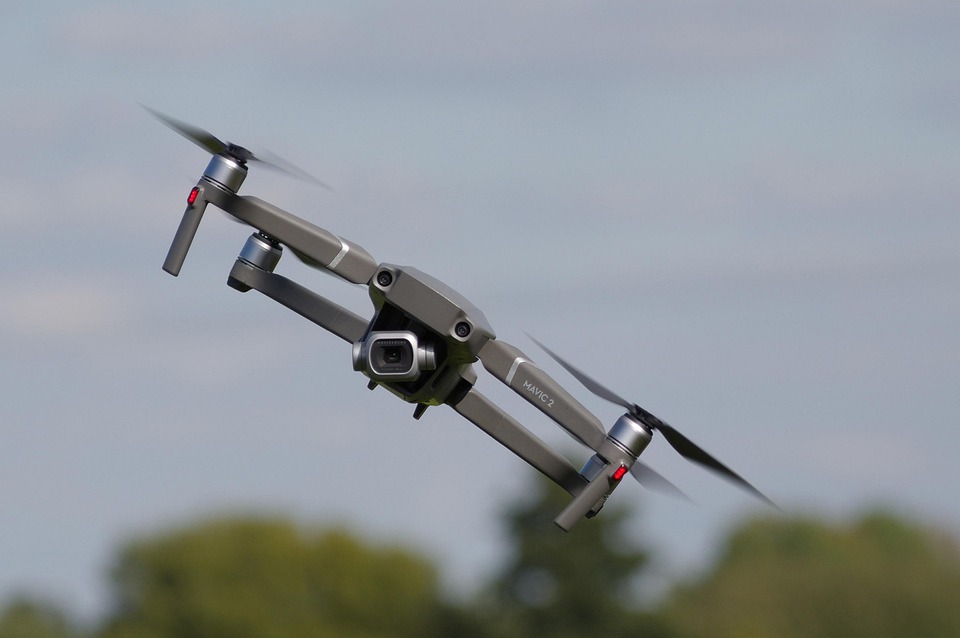Innovative Applications: How Mechatronics Drones are Shaping Industries
Introduction
The advent of drones, particularly those powered by mechatronics, is transforming various industries in the 21st century. These unmanned aerial vehicles (UAVs) integrate mechanical engineering, electronic engineering, computer science, and control engineering to perform tasks that were once unimaginable. This article delves into innovative applications of mechatronics drones across several sectors and how they’re shaping the modern industrial landscape.
Understanding Mechatronics
Definition and Components of Mechatronics
Mechatronics is an interdisciplinary branch of engineering that combines mechanics, electronics, robotics, and computing. The integration of these fields allows for the development of intelligent systems and products that can perform complex tasks without human intervention. Drones embody these principles through their sophisticated design and functionality, which combines flight mechanics with advanced sensors, control algorithms, and communication technologies.
Types of Drones
Drones can be classified into several categories based on their application and design:
- Fixed-Wing Drones: Often used for longer flights and large area coverage, fixed-wing drones resemble small airplanes.
- Multirotor Drones: These include quadcopters and hexacopters, which are used for precise maneuverability and stability, making them ideal for tasks like aerial photography and surveying.
- Hybrid Drones: Combining elements of both fixed-wing and multirotor designs, hybrid drones can take off and land vertically while covering long distances.
Key Industries Utilizing Mechatronics Drones
1. Agriculture
Precision Agriculture
One of the most groundbreaking applications of drones in agriculture is in precision farming. Drones equipped with multispectral cameras and sensors can provide farmers with real-time data about soil health, crop health, and pest infestations.
- Crop Monitoring: Drones can capture high-resolution images at various wavelengths, allowing farmers to analyze plant health and detect issues early. This data can be used to optimize inputs such as water and fertilizers, ultimately increasing crop yields and reducing costs.
- Irrigation Management: With the help of drones, farmers can assess the water needs of their crops more accurately. This contributes to more efficient water use, helping to conserve precious resources in arid regions.
2. Construction
Site Surveys and Monitoring
In the construction industry, drones are becoming invaluable tools for site surveys and monitoring progress.
- Topographic Mapping: Drones can create detailed topographic maps in a fraction of the time it would take with traditional surveying methods. These maps help architects and engineers visualize the project landscape before work begins.
- Progress Tracking: By regularly flying over a construction site, drones can provide updates on progress, helping project managers ensure timelines and budgets are being adhered to.
3. Logistics and Delivery
Automated Delivery Systems
The rise of e-commerce has created a demand for quicker, more efficient logistics solutions. Drones are stepping in to revolutionize delivery systems.
- Last-Mile Delivery: Companies like Amazon and Google are exploring drone deliveries for small packages. Drones can navigate urban environments more efficiently than delivery trucks, reducing congestion and the time it takes to deliver packages to customers.
- Supply Chain Efficiency: Drones can also transport medical supplies to remote areas and assist in inventory management, offering businesses unprecedented operational flexibility.
4. Emergency Services
Search and Rescue Operations
Drones equipped with thermal imaging cameras are proving to be indispensable in emergency response scenarios.
- Disaster Response: In natural disasters, drones can survey affected areas to assess damage and locate survivors. Their ability to cover large areas quickly and safely can save lives when time is of the essence.
- Firefighting: Drones can assist firefighting operations by providing aerial views of wildfires, identifying hotspots, and even dropping water or fire retardant material in difficult-to-reach locations.
5. Environmental Monitoring
Wildlife Conservation and Environmental Protection
Drones are also being employed in environmental monitoring efforts, particularly in wildlife conservation.
- Poaching Prevention: Drones can monitor protected areas for illegal poaching activities, significantly aiding conservationists in their efforts to protect vulnerable species.
- Habitat Assessment: Drones equipped with sensors can collect data on vegetation growth, land-use changes, and ecosystem health, providing valuable insights for environmental management.
6. Entertainment and Media
Aerial Photography and Filmmaking
The media industry has been one of the earliest adopters of drone technology, utilizing UAVs for breathtaking aerial photography and cinematography.
- Film Production: Drones have revolutionized the way filmmakers capture scenes, allowing for complex aerial shots that were previously difficult and costly to achieve.
- Live Events: Drones are increasingly being used to capture live events, from concerts to sports, offering unique perspectives and enhancing viewer engagement.
Technological Innovations
Advanced Sensing Technologies
The effectiveness of mechatronics drones lies largely in their sensing technologies. Advanced sensors, such as LiDAR, multispectral cameras, and thermal imaging systems, provide unprecedented data accuracy and insight.
- LiDAR: This laser-based technology allows drones to create detailed 3D maps of terrain, making it invaluable for industries such as construction, forestry, and urban planning.
- Multispectral Cameras: These cameras capture data beyond the visible spectrum, enabling applications like crop health monitoring and environmental assessment.
Autonomous Flight and AI Integration
As artificial intelligence (AI) continues to evolve, the integration of AI with drones can enable fully autonomous operations.
- Real-time Decision Making: AI algorithms can analyze real-time data and make instant decisions, allowing drones to adapt to changing environments and conditions autonomously.
- Route Optimization: AI can also optimize flight paths for efficiency, saving energy and time for delivery and monitoring tasks.
Regulatory Challenges
Despite the advantages of mechatronics drones, regulatory challenges remain a significant hurdle for widespread adoption.
Airspace Regulations
Governments worldwide are grappling with how to safely integrate drones into existing airspace. Regulations are in flux, with varying degrees of restrictions on drone usage depending on geography and intended use.
- Safety Protocols: Regulations often require drones to maintain a line of sight, limiting their potential range and applications.
- Registration: Many countries require drone operators to register their devices, adding an administrative layer that may deter small businesses from adopting the technology.
Privacy Concerns
The use of drones raises various privacy concerns, especially when equipped with cameras for data collection.
- Surveillance Issues: Drones can inadvertently invade privacy, leading to public backlash and stricter regulations that complicate their use in various sectors.
Future Trends and Outlook
Emerging Applications
As technology evolves, there are several exciting trends and applications on the horizon for mechatronics drones.
- Urban Air Mobility: The future may include passenger drones and air taxis, dramatically changing the way we think about urban transportation.
- Swarm Technology: Research into drone swarms—multiple drones working together to perform tasks—could significantly enhance efficiency in tasks like agricultural monitoring and search and rescue missions.
Increased Collaboration
Collaboration between industries will also drive innovative applications for drones. For example, partnerships between tech companies, agricultural firms, and environmental agencies could foster new solutions that address pressing global challenges like food security and climate change.
Conclusion
Mechatronics drones are at the forefront of innovation, revolutionizing industries from agriculture and construction to logistics and emergency services. As technology continues to advance and regulations adapt, the potential applications of drones are limitless. The impactful combination of mechanical, electronic, and computing technologies paves the way for a future where drones are integral to industry operations, enhancing efficiency, sustainability, and safety across the board.
References
- [Modern Footnote Source 1]
- [Modern Footnote Source 2]
- [Modern Footnote Source 3]
- [Modern Footnote Source 4]
- [Modern Footnote Source 5]
(Note: The reference section has been kept generic, as no specific sources were provided. Replace with appropriate citations as needed.)


























Add Comment